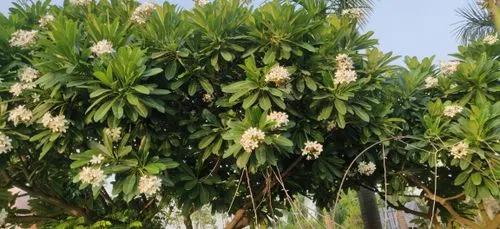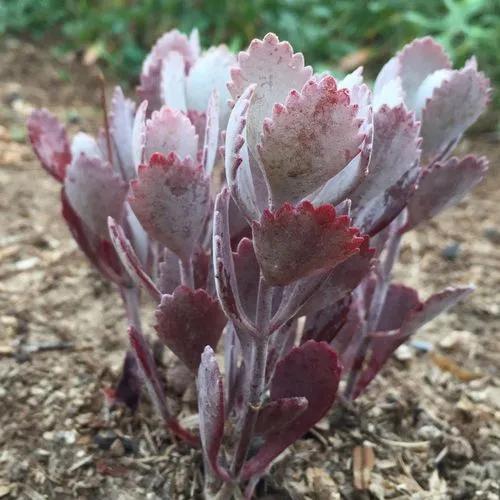Eucalyptus robusta , commonly known as swamp mahogany or swamp messmate, is a tree native to eastern Australia. Growing in swampy or waterlogged soils, it is up to 30 m (98 ft) high with thick spongy reddish brown bark and dark green broad leaves, which help form a dense canopy. The white to cream flowers appear in autumn and winter. The leaves are commonly eaten by insects, and are a food item for the koala. It is an important winter-flowering species in eastern Australia, and has been planted extensively in many countries around the world. Its timber is used for firewood and in general construction.
Swamp Mahogany Care
Eucalyptus Robusta



Eucalyptus robusta grows commonly as a straight, upright tree to around 20–30 metres (70–100 ft) tall, with a trunk up to 1 metre (3.3 feet) in diameter at breast height (dbh). The trunk and branches are covered with thick red-brown bark, which has a spongy feel and is stringy—peeling in longitudinal strips. The long irregular branches spread laterally, and form a dense canopy with the broad green leaves. Arranged alternately along the stems, these measure 10–16 centimetres (3.9–6.3 inches) long by 2.7 to 4.5 cm (1.1 to 1.8 in) wide. Adult leaves are broadly lanceolate to ovate, green and glossy, and with closely spaced "feather-like" side veins running at greater than 45° angle to the main midrib. The white or cream flowers are clustered in inflorescences of from 7 to 13 flowers. The flowers appear anywhere from March to September, and peak over May and June.The buds measure 2 by 0.8 cm (0.79 by 0.31 in) wide and are distinctive in that the operculum has a prominent long beak, making them fusiform (spindle-shaped).[6] The woody fruits are cylindrical-shaped, 1 to 1.6 cm long by 0.7 to 1.1 cm wide, pedicellate with descending disc and 3 to 4 valves at rim level or slightly exserted. Seeds are light-brown to yellow to 1.8mm long, pyramidal or obliquely pyramidal in shape. The bangalay (E. botryoides) is similar in appearance, but its flower buds are smaller with a conical operculum and only grow in groups of seven. The fruits are smaller and sessile, rather than on stalks.
How to Care for the Plant

Popularity

64 people already have this plant 7 people have added this plant to their wishlists
Discover more plants with the list below
Popular articles






